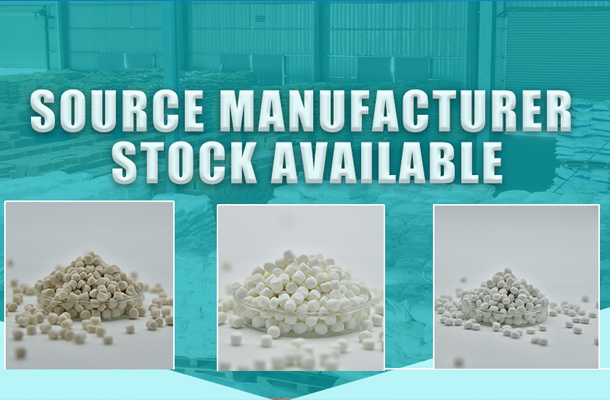In EVA foam formulation, auxiliary materials play a critical role in tailoring the properties of the final foam product. These ingredients complement the main component, EVA or PE, to enhance various aspects of performance, processability, and cost-effectiveness. Below is an introduction to key auxiliary materials typically used in EVA foam formulations:
Fillers: Materials like calcium carbonate, talc, or clay are added to increase volume, reduce costs, and sometimes to improve stiffness or dimensional stability. They can also influence the density and hardness of the foam.
Blowing Agents: Primarily responsible for creating the cellular structure, blowing agents like azodicarbonamide (AC) decompose at specific temperatures to release gases like nitrogen or carbon dioxide, causing expansion of the EVA mixture.
Crosslinking Agents: Chemicals like dicumyl peroxide (DCP) promote cross-links between polymer chains, enhancing the strength, heat resistance, and elasticity of the foam. Crosslinking also helps to fix the cellular structure after foaming.
Foaming Catalysts/Accelerators: Substances like zinc oxide can accelerate the decomposition of blowing agents, controlling the foaming rate and ensuring a uniform cell structure.
Lubricants: Compounds like stearic acid or fatty acid esters are used to improve the flow properties of the melt, reducing friction during processing and enhancing surface finish.
Modifiers/Impact Modifiers: Polymers like rubber, POE (polyethylene-octene copolymer), or TPU can be incorporated to improve toughness, resilience, and low-temperature flexibility.
Antioxidants and Stabilizers: Added to protect the foam from degradation during processing and in end-use, antioxidants ensure product longevity and color stability.
Colorants and Pigments: For aesthetic purposes, these are used to give the foam a desired color.
Release Agents: Sometimes necessary to facilitate demolding, especially in molded foam applications.
Adhesion Promoters: In composite structures where the foam needs to bond with another material, adhesion promoters ensure good bonding.
Each of these auxiliary materials is selected and balanced in concentration according to the specific requirements of the end product, whether it's for improved durability in footwear, better insulation in construction, or softer feel in consumer goods. The art of formulating EVA foam lies in optimizing this balance to achieve the desired performance characteristics.







